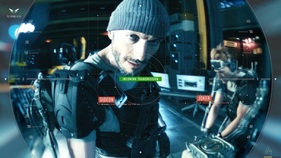 A halfway decent leap forward. Halfway. A halfway decent leap forward. Halfway. The military powerhouses of the world are falling apart. In their place, a PMC called Atlas has stepped in and begun to protect nations around the world, both from each other and from other threats. But a surprisingly well armed and armored terrorist group is growing bolder, and Atlas' best need to put at stop to it before things get out of hand.
1. Gameplay
The first half of this game is awesome. Seriously, the first 50% of this game is the best Call of Duty game I’ve played in years. The story makes sense. The characters all make logical decisions. Their thought processes are clearly laid out and easy to understand. The gadgets are cool and the scenario just futuristic enough to make things different and interesting but still grounded in easily relatable current technology. It takes the tech that’s being developed now and brings it to the next logical step. Kevin Spacey delivers his lines perfectly and really sells the emotion of Irons (even when the script fails him). But then you finally catch what is supposed to be the main antagonist and things just go horribly, horribly wrong. It’s like the writers knew they wanted to make Irons the antagonist but couldn’t find a good way to do it. So they just said “eff it, he’s the bad guy from this point on” and threw in the worst logical leaps imaginable. Where the first half’s script kept the clichés to a minimum, the second half throws them in every few minutes. Where the first half made sure each character’s decisions had supporting logic and fell in line with that character’s driving motivations, the second half completely disregards any real emotions and boils down each character into a stereotype that is impossible to relate with. The first half of this game is a revenge story. Irons’ (Kevin Spacey) son enlists in the US military and gets killed in South Korea. Irons, furious that the military would put his son in a situation that Irons sees as unnecessary, offers the main character a second chance to do something great (not to mention a new arm). Irons then goes about making himself the most powerful military force on the planet, something that gives him significant political leverage (since he’s also not responsible to any individual nation, giving him great freedom in his actions). Irons is hired to deal with a major terrorist threat. These terrorists are successfully committing acts of violence across the globe. After a few successful missions (and a number of unsuccessful ones), the player finds out that Irons knew about all of the attacks and allowed them to happen. The story implies that Irons did this to gain more power, but when you have the largest standing military in the world why do you need to let a major terrorist attack happen to gain more power? And, on top of that, they never explained why Irons wanted the power in the first place. The previous revenge plot, which made so much sense, is thrown out the window and replaced with a stereotypical evil genius and his mechanical toys. The rest of the story is irrelevant, but the clear failure of writing comes in the very last chapter. Basically, Call of Duty turns Irons into Hitler. I’m not even going to bother explaining it, because I’m still completely flabbergasted that something like this could have been reviewed and passed as the best possible outcome. If you play this game for the multiplayer, all this doesn’t even matter. The gadgets are awesome, the exosuit does a lot to increase the pacing of the game and give an extra boost to mobility, but it also significantly increases the reliance on twitch reflexes. If you’re not the kind of person that played Unreal Tournament or Quake, you’re going to find yourself quickly left in the dust. Call of Duty was already turning into a fast-paced game, and Advanced Warfare just increases that exponentially. I really don’t care for most of the multiplayer levels. There doesn’t seem to be a single one where I feel like it feeds the kind of fast paced verticality necessary in this game. Verticality is definitely included, but often in ways that either feel cheap or feel underdeveloped (like the ice cavern underneath the spa in the resort level. WTF?). The progression system, which I have previously held up as the pinnacle of all level-based progression systems (quick, easy leveling coupled with challenges that encourage the player to work beyond their normal loadout), seems to have borrowed a page out of Battlefield’s book and catered towards their high-level, hardcore fanbase. Unlocks of all types come at a snail’s pace and unlocking any attachment for weapons takes a ridiculously long time. I’m still stuck with iron sights on some of my most frequently used weapons because I can’t unlock even a red-dot, let alone the silencer that I really want. The coop horde mode is terrible. I was actually looking forward to this, expecting something like what was included in Modern Warfare 3. I knew it wasn’t going to come close to comparing with the hidden gem that was Extinction, but I was hopeful. Advanced Warfare’s horde might as well not have been included. It couples difficult to understand weapon / equipment / upgrade purchases with punishingly difficult AI enemies and the same exact multiplayer levels available in the rest of the game (which were not designed for horde mode at all). It was a painful process that discourages exploration. It doesn’t even matter if the team is any good or has any sort of cohesion. Despite my complaints, this game is significantly better than Ghosts. And I actually think it’s significantly better than Black Ops 2 (at least it tries to be innovative). That being said, it’s definitely not the best Call of Duty game ever and left a lot to be desired.
The single player campaign gave me a good 7 to 8 hours of gameplay. Overall it was enjoyable for a second playthrough to get all of the intel and achievements (especially once I play on a PC rig that can better handle the game). The multiplayer (not the coop) is the real meat of this game though. While I played for a few hours before getting bored (I’m just not feeling the magic that I did in Modern Warfare 3 and Black Ops), the multiplayer can definitely keep gamers entertained for hundreds of hours. If that’s your fix, you’ll have a nearly unlimited supply of fun. If you don’t care for the multiplayer, you’ll probably get 10 to 15 hours of gameplay out of this game and that will be it.
The coop was frustrating because of the difficulty of the enemies (especially after the initial wave) and the online gameplay is a tough crowd to break into. However, the game does make great leaps to be a bit more open towards new players. The campaign has some tough sections (“MITCHELL, CROSS THE STREET!”), but the game can be played on “recruit” mode which makes things fairly simple. There is a specific mode in multiplayer designed for new players that basically holds your hands and turns off all of the normal stat tracking (so even if you get torn to shreds the game never makes you feel like a failure). Overall this was definitely the least frustrating Call of Duty game I’ve played. I’d stay away from the online gameplay until you feel ready to venture out and face the internet hate machine head-on (not to mention the frustration of defeat), but as long as one decouples their personal worth from their K/D and win/loss ratios, there shouldn’t be any real issues. 2. Parental Notices
Violence in this game is fairly mild for a Call of Duty title. There is no gore present anywhere. Blood is often present (and is sometimes used to imply violence that normally would include gore), but for the most part even this is mild. Hits from almost all weapons will result in a small amount of blood. This can be increased if the player is using a shotgun or an automatic rifle (especially the fast and accurate submachine guns), but it can also be decreased if the player is using non-projectile weapons (like the laser rifle or the sonic shotgun). Explosions do not result in any noticeable blood or gore. The violence depicted above are the only forms of violence included in the multiplayer of this game. The single player campaign does include some more obvious and noteworthy forms of violence, but they are exceptions. The small amounts of blood present when the player shoots an enemy are by far the most common form of violence in the game. The exceptions in the single player are, for the most part, mild. The biggest and worst exception occurs in the first chapter. The player's arm gets cut off by a piece of debris (this is an important element in the rest of the plot). There are a few sections where the player will have to use his knife to execute specific enemies. These usually involve some fairly obvious stabbing and more noticeable blood. The one example that was the most noteworthy comes when the player slashes a terrorist’s throat with his knife. Again, as I stated before, there is no gore included (only a line of blood where the slash occurred). While the wound is fatal, somehow the terrorist is able to talk before he dies. Later in the game the player sees some allies succumb to the effects of the Manticore WMD. It’s pretty gross and involves blood coming from many different orifices. Towards the end one of the main characters gets shot. The player sees him in the back of a pickup truck during a cutscene. This is the most blood the player will see in the entire game.
Sexuality is not a factor in this game.
Substances are basically nonexistent in this game. Aside from anything that’s included in the environment (hookah pipes, bottles of what is probably alcohol, etc.) there are only a few scenes where substances are obviously present. For example, in one cutscene the player watches as the main characters share bottles of beer and a shot of some sort of alcohol after a successful mission. It’s a quiet celebration of a job well done, not a wild and crazy party. In a much later scene, a random enemy character injects the main character with some sort of knockout drug. The exact nature of this drug isn’t specified, but the player wakes up a short while later without any permanent side effects. The player can activate some sort of “stim” ability that temporarily increases the player’s health, but none of the action ever indicates that this is done via chemicals.
Gambling is not a factor in this game. 3. Other Factors
There are no modding tools available for this game.
Religion is not a factor in this game.
After a somewhat significant internal debate about what actions in this game constitute “anti-law”, the only ones that I could definitively point to are the late-game war crime actions by Atlas. The use of WMDs, the horrific imprisonment, torture, and execution of POWs, and the experimentation conducted on prisoners all definitely violate international laws and regulations. Other than this, anti-law isn’t really a factor in this game.
I spent a good deal of time thinking about what I enjoy about Call of Duty’s online components and what I believe can be changed. After I thought about it, I realized that, while I have plenty of problems with the design decisions involved in Call of Duty’s multiplayer, the community is the biggest source of my dislike. There are two distinct groups of people in CoD’s multiplayer: those who take the time to get very good and unlock all of the weapons, attachments, killstreaks, etc., and everyone else. The team with the most cohesion (usually the one with the most good players) dominates from the beginning and, with rare exceptions, continues to dominate the rest of the game. Once the losing team realizes this, they start to quit, magnifying the loss into a landslide. There were a number of modes where this didn’t happen as often. Capture the flag was an absolute blast, because at any moment a key play can change the game. Individuals make plays, but the team has to support. With this balance things were much more interesting and much more entertaining. There will be plenty of people with horrible attitudes flinging insults and swearing regardless of the outcome of the match. It’s basically unavoidable. While it definitely seemed muted compared to some of my previous Call of Duty experiences, it was definitely there even in my (currently) brief time in online play. If you have a thin skin, this is not the game to be playing online.
Extreme sports play a somewhat important part in this game, but this is mostly when the exosuit is in play. The exosuit allows the player to boost jump high into the air (and fall without taking a significant amount of damage), quickly dash to the sides, and smash the ground below the player with lethal force. These types of abilities will be commonly used both in the campaign and in the multiplayer. There are a few vehicle sequences as well. There is a sequence where the player has to drive a truck in heavy traffic while engaging in high-speed open combat with enemy vehicles. There is also a scene where the player has to use a jetpack to board an enemy plane at high altitude. There are plenty of other gadgets that the player can use in ways that both defy the laws of physics and would likely lead to serious injury. The most obvious example of this is the grappling hook, which the player can use to grapple onto different ledges and objects around certain specific environments. The hook pulls the player quickly towards the ledge. Somehow the player is able to stop and jump onto the ledge without causing serious injury to himself. How this is possible is never really specified (although it probably has to do with the exosuit). There was a section where the player grapples onto a plane and plants a tracking beacon onto it. After the beacon is planted, he falls away and (without a parachute or anything else to slow his decent) hits the water hundreds of feet below without dying. I could go on for a few more pages about the ridiculous and potentially dangerous things that the player will engage in over the course of the campaign, but these should give you a good idea of what to expect.
While I wrestle whether the game explains enough about how some of its technologies work (especially the “stim” and “overdrive” abilities), everything is designed to be clearly based on technology. As a result, magic is not a factor in this game.
Weapons of Mass Destruction Atlas manages to create and use a special kind of biological weapon called “Manticore”. Manticore has been programmed (somehow) to only target people whose DNA is not on file in the Atlas database. This means that the main characters are safe but everyone else outside of Atlas’ military and civilians are not. The effects of this weapon are fairly horrific and seem to cause massive internal bleeding and a quick (but probably painful) death. Experimentation
Late in the game the player discovers a sort of concentration camp. In this camp, dozens if not hundreds of the prisoners are experimented on. Most of this experimentation seems to be around the Manticore bioweapon, but it is likely that there were other projects too. The environments have sections that clearly include Manticore, but not all of the rooms seem to fit this purpose.
5 Comments
Lucas
5/18/2015 05:43:06 am
You should update this with the exo zombies mode. it is very gory.
Reply
Declan
7/4/2015 08:14:56 pm
Even with the 12- 14 rating my mum still won't get it. I play games like alien isolation, halo shadow of mordor and skyrim
Reply
DiamondRain676
8/4/2015 07:19:30 am
Yeah,that's happened to me.I'm allowed to play Saints Row 4,but not 1,2 or 3 just because the ESRB rating says "Blood and Gore".Literally,that's the only thing my mom cares about in a game.Intense Violence?Okay.Use Of Drugs?Fine.Nudity?For the most part,okay.Blood and Gore?Nope.
Reply
Kayrub
3/10/2018 09:55:03 am
My parents don’t really care about what games I play and I just get games whenever I want. But I feel like before a kid can have this responsibility they need to know a few things.
Reply
George
4/30/2022 11:00:56 pm
Is there bad language in this game? And if so, can it be turned off?
Reply
Leave a Reply. |
Like what we do? Want to see more? Donate to the site using the button below!
Not sure what a term means? Read the definitions!
Not sure what a review section is about? Find out more information!
|


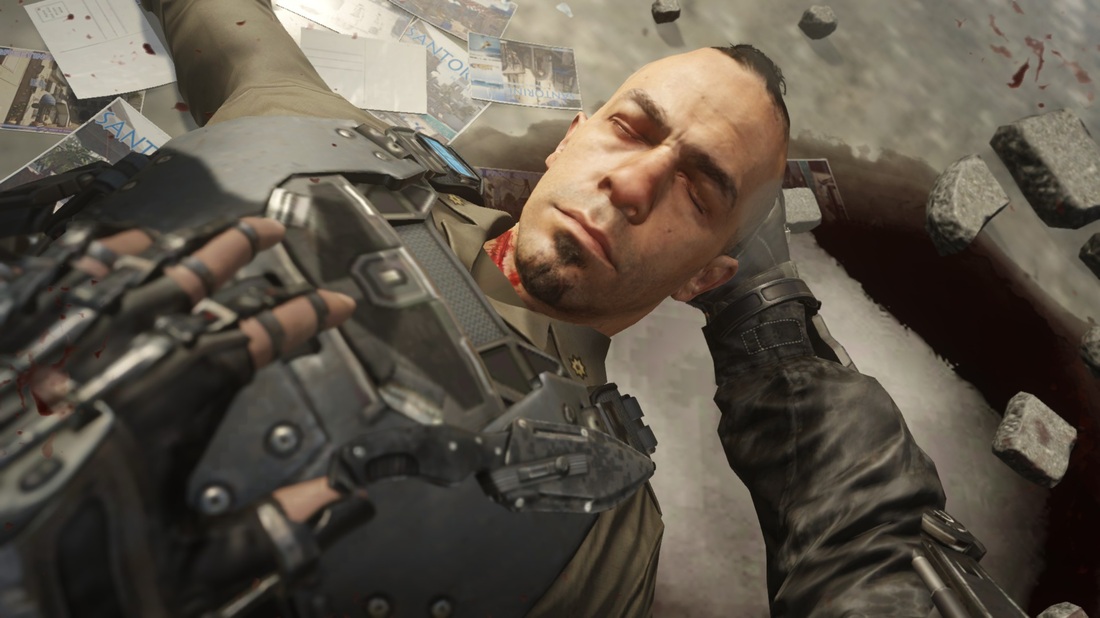









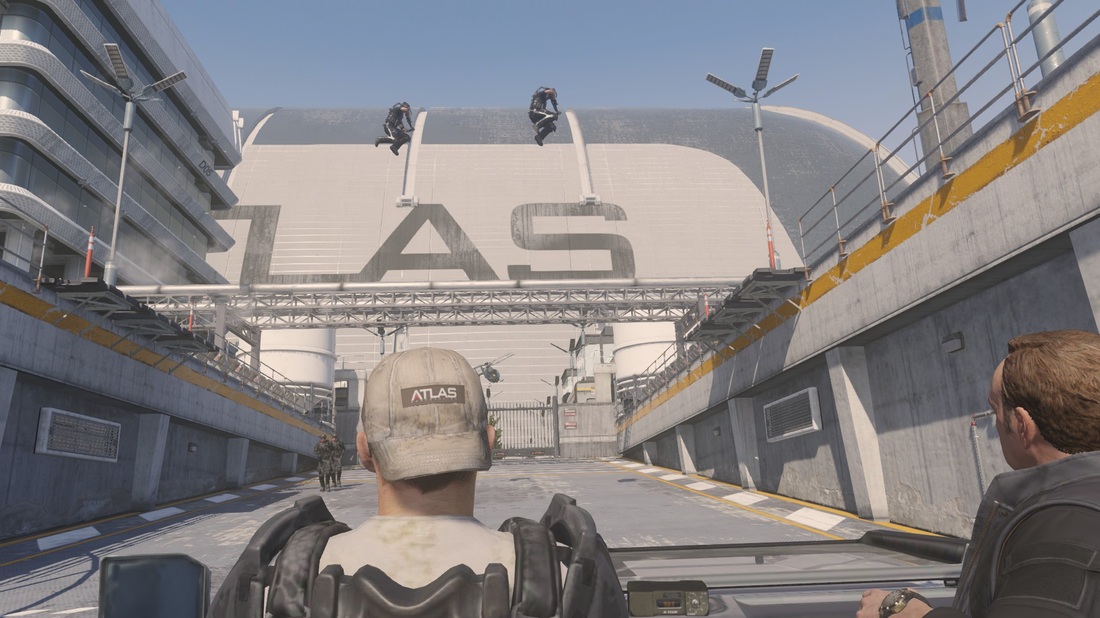


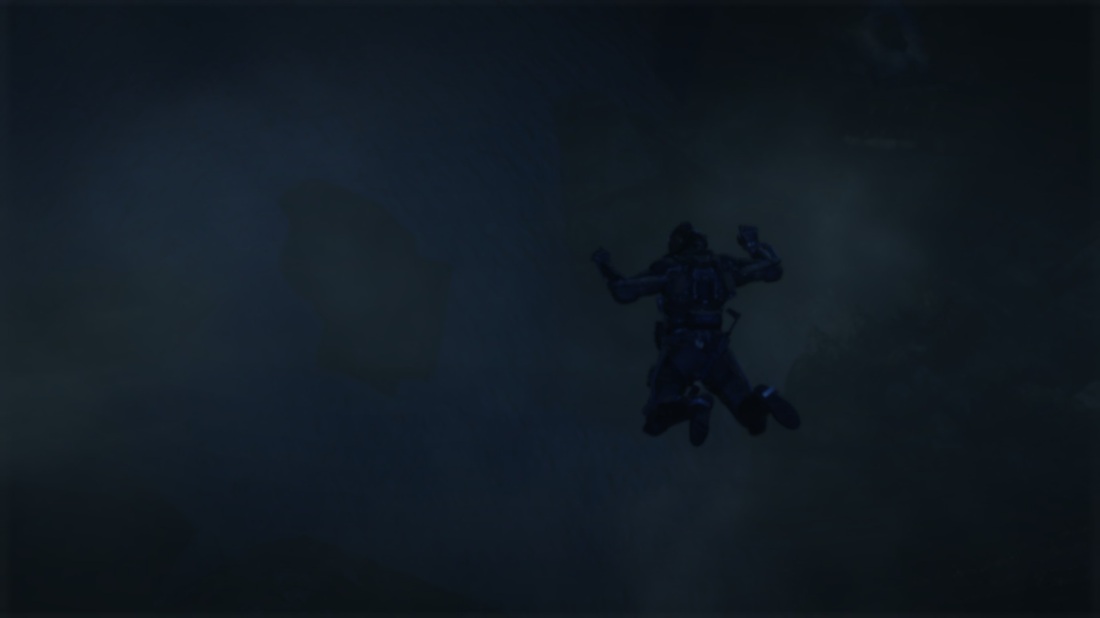
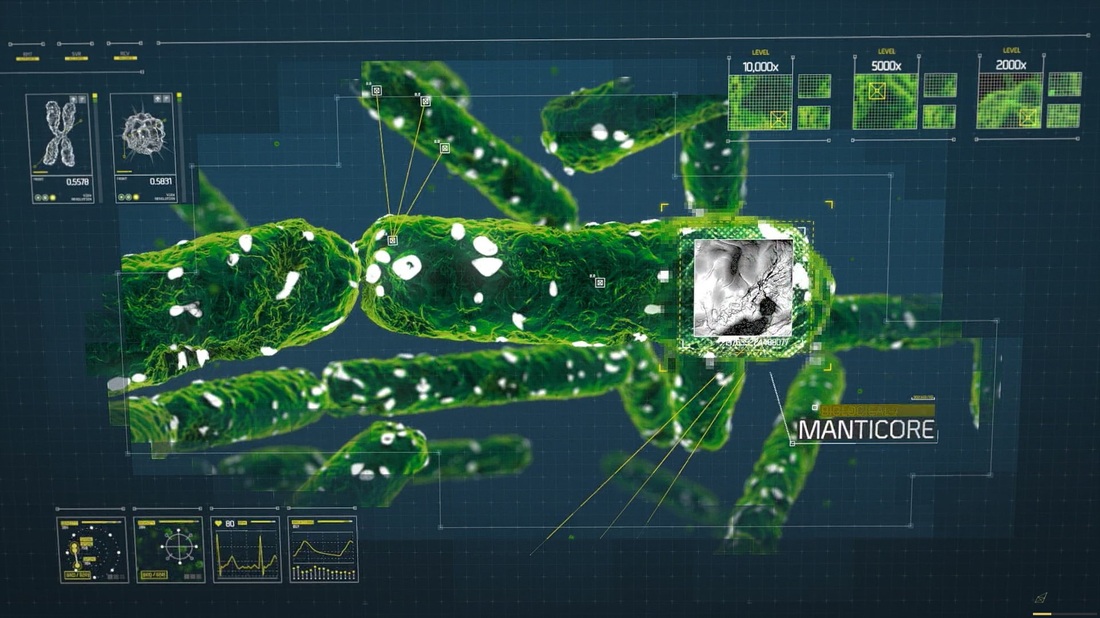
 RSS Feed
RSS Feed